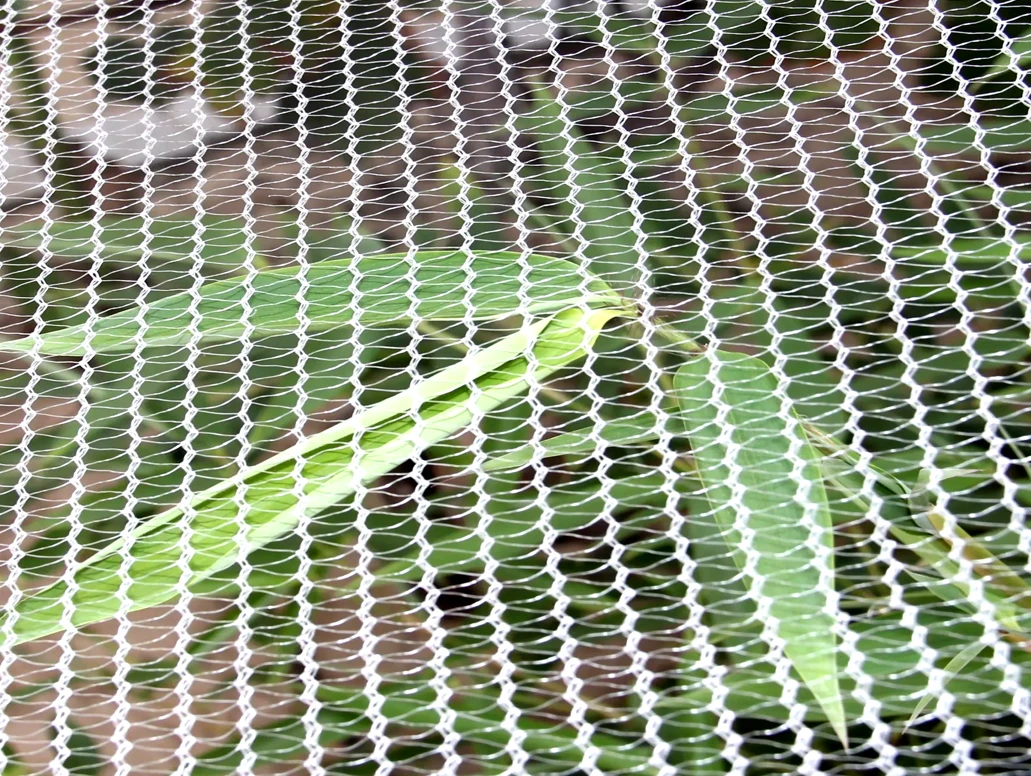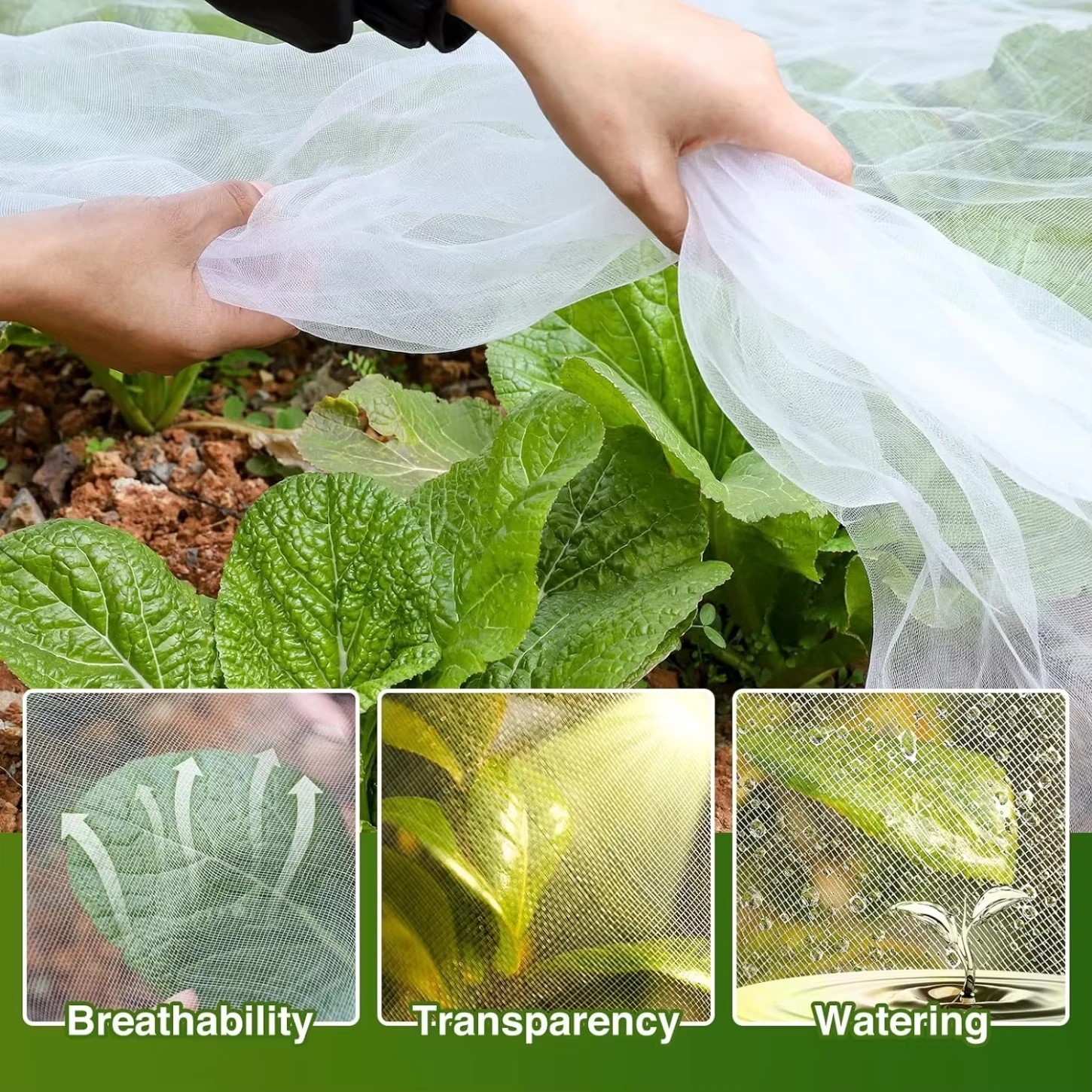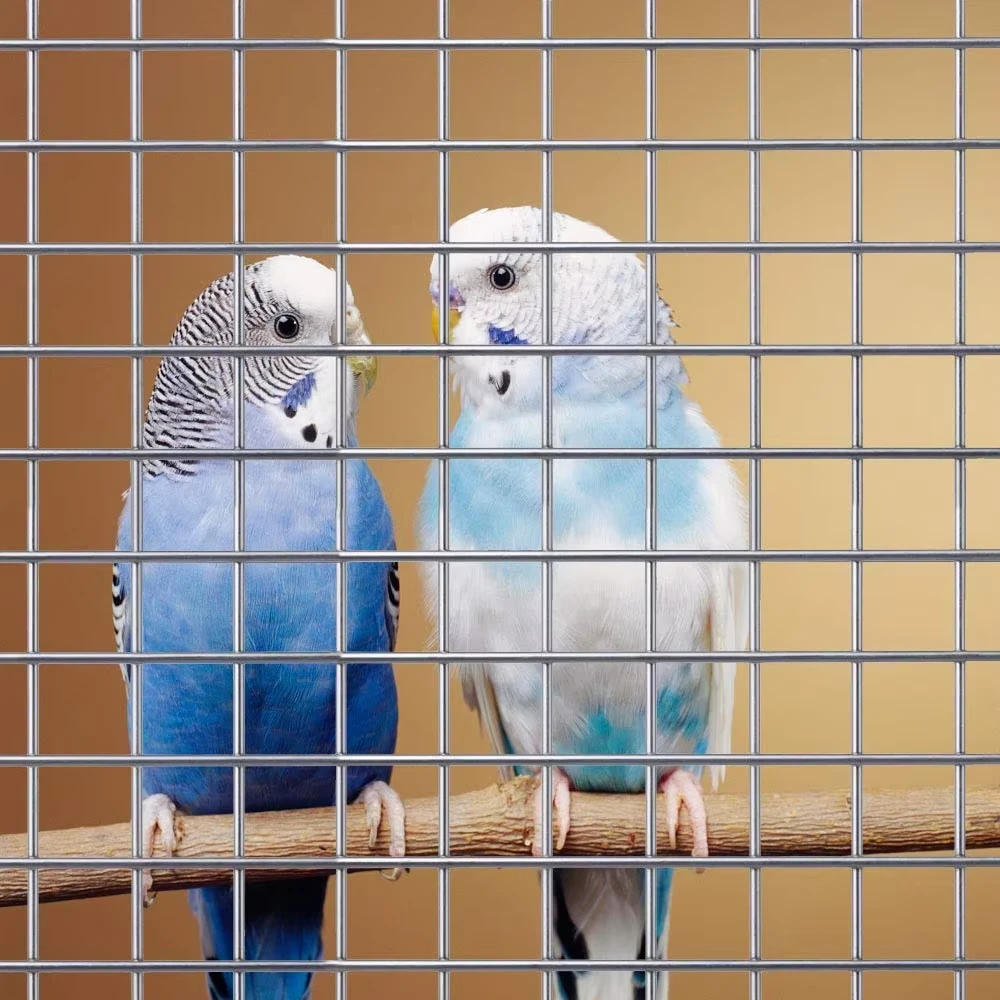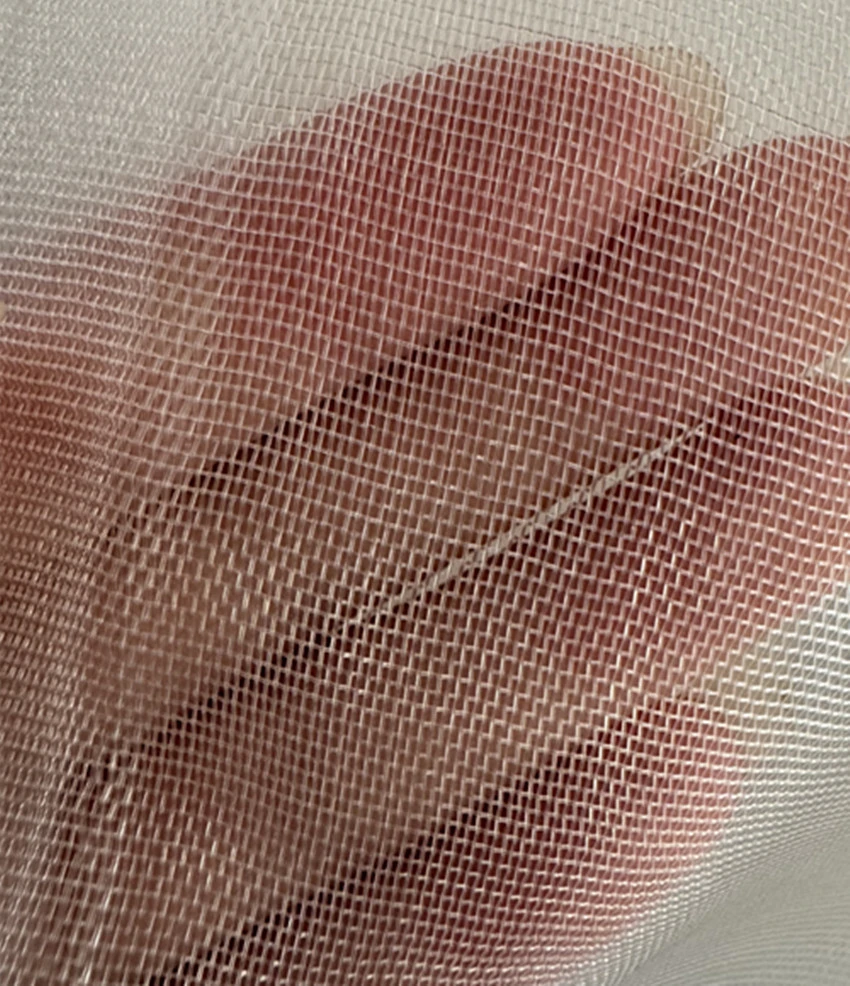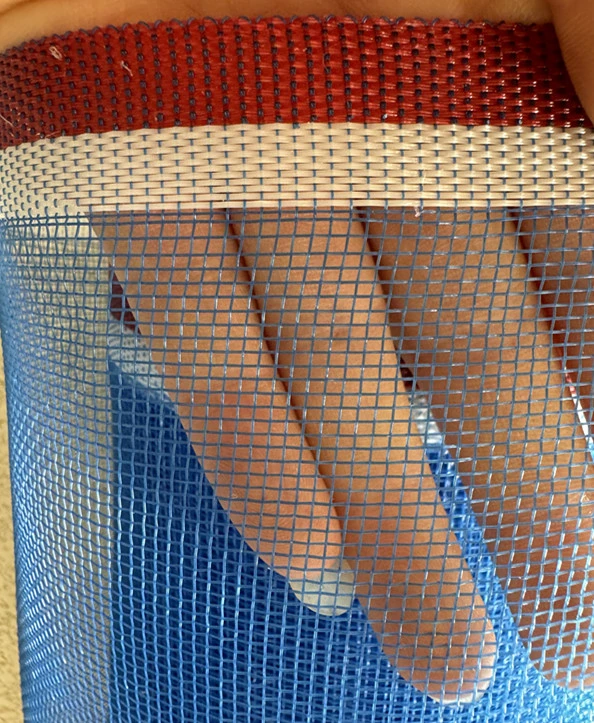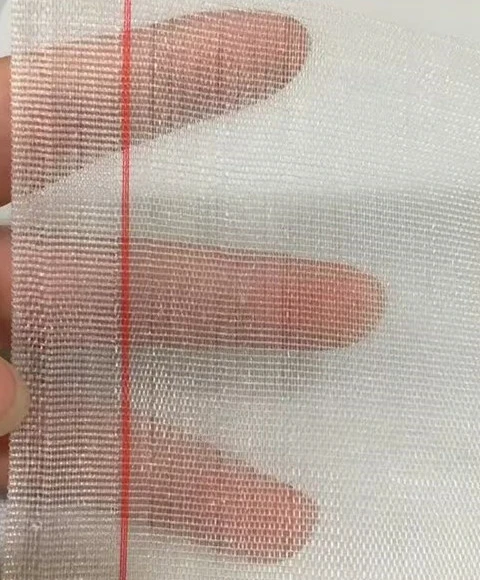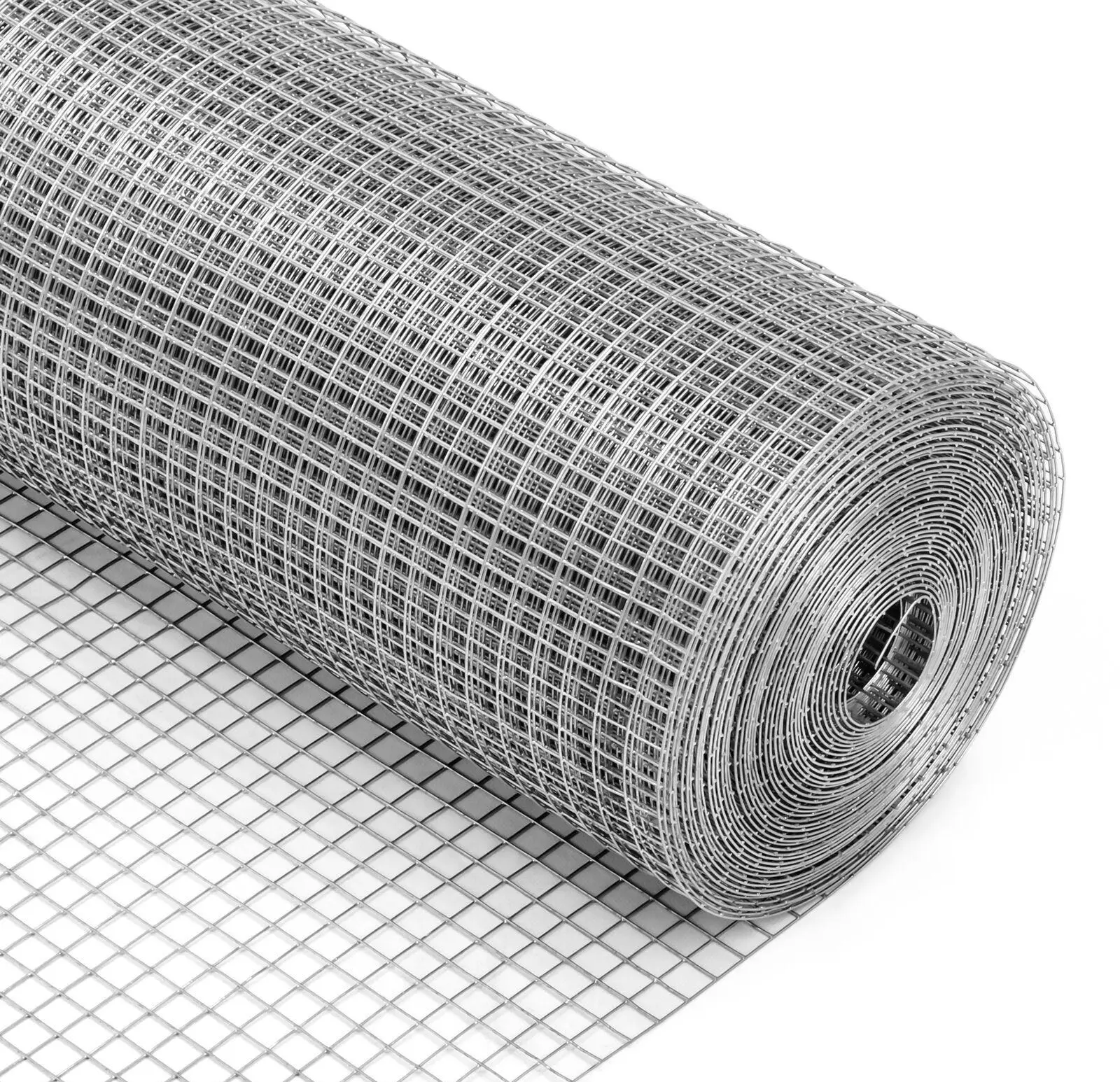Agro Nets for Crop Protection – UV-Stable, Durable, Custom
Transparent Net Agro Nets for Vegetable & Fruit Trees — Field Notes from a Season That Changed My Mind
I’ve covered crop protection for a decade, and I’ll be honest: good netting can do more than a new pesticide program. When growers ask what’s working now, I point them to Agro Nets that actually balance exclusion with airflow and light. This transparent monofilament style from China caught my eye because the mesh is ultra-fine—blocking tiny nuisances—yet it still lets water, air, and sunlight through. Sounds simple, but it’s surprisingly hard to execute.

Where the industry is trending
Two big currents: regulation pushing fewer sprays, and climate variability driving more physical protection. Greenhouses and open fields alike are moving to Agro Nets for whitefly, aphid, and leafminer control—without cooking crops on hot afternoons. Many customers say these nets reduce pest pressure by over half, and some report fewer virus outbreaks. In fact, the strongest adoption I’m seeing is in solanaceous crops and citrus nurseries.
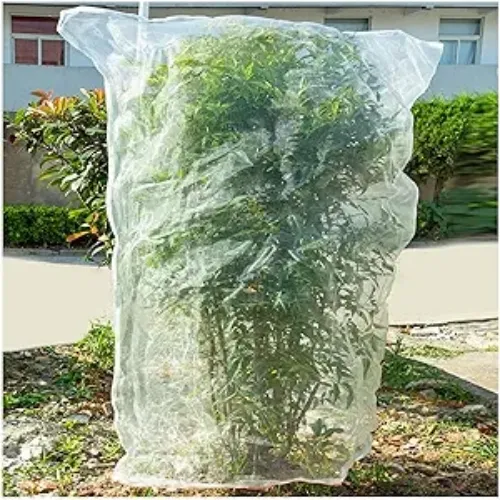
Materials and manufacturing (the quick tour)
- Polymer: Virgin HDPE monofilament with UV stabilizers (HALS), food-safe pigments.
- Method: Raschel knitting; uniform aperture; heat-setting for dimensional stability.
- Edges: Reinforced selvedge; optional drawstring or clip-ready hems.
- QC & tests: Tensile (ISO 13934-1), mesh breaking (ISO 1806), UV aging (ASTM G154 / ISO 4892), optical/light transmission checks.
- Service life: ≈5 years in real outdoor use; can vary with altitude/UV index.

Typical specs (and what they mean on the farm)
| Parameter | Typical Value | Notes |
|---|---|---|
| Material | HDPE monofilament | Virgin grade, UV stabilized |
| Mesh aperture | ≈0.8–1.3 mm | Good whitefly/aphid exclusion |
| Weight | 35–60 gsm | Balance of strength/airflow |
| Light transmission | ≈85–90% | Crop-dependent; real-world may vary |
| Airflow | ≈80–85% | Key for heat management |
| Roll size | 2–10 m width × 50–200 m length | Custom cuts available |
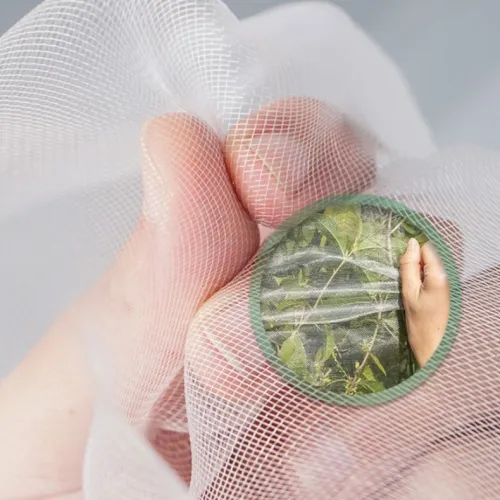
Where growers use it
- Vegetable tunnels and greenhouse sidewalls/vents
- Citrus and pome fruit saplings; orchard drape-over protection
- Brassica beds (cabbage moth exclusion)
- Seedbeds and nurseries near hotspots of viral vectors
One Shandong orchard wrapped saplings with Agro Nets pre-budbreak; they reported ≈30% higher marketable yield after a season with high aphid flights. Meanwhile, a Spanish pepper grower told me exclusion reduced whitefly counts by 92% at vents—no silverleaf symptoms all season. Anecdotal? Sure. But it tracks with the literature.

Customization & compliance
Colors: transparent/white (most popular), black or green on request. Edge options for clips or rope. Labels with batch traceability. Certifications typically available: REACH-compliant materials, RoHS, and factory ISO 9001. Ask for UV test reports (ASTM G154 or ISO 4892) and tensile data (ISO 13934-1). Many buyers also want mesh-opening certificates and QA photos—worth requesting.
Vendor snapshot (what buyers compare)
| Vendor | Origin | UV additive | Warranty | Lead time | Certs |
|---|---|---|---|---|---|
| YJ Wire Mesh (Transparent Net) | China | ≈2% HALS | 3–5 years | 10–25 days | ISO 9001, test reports |
| Vendor B (EU) | Italy | Premium UV blend | 5 years | 3–6 weeks | ISO 14001 + |
| Vendor C (APAC) | India | Standard UV | 2–3 years | 2–4 weeks | Basic QA docs |
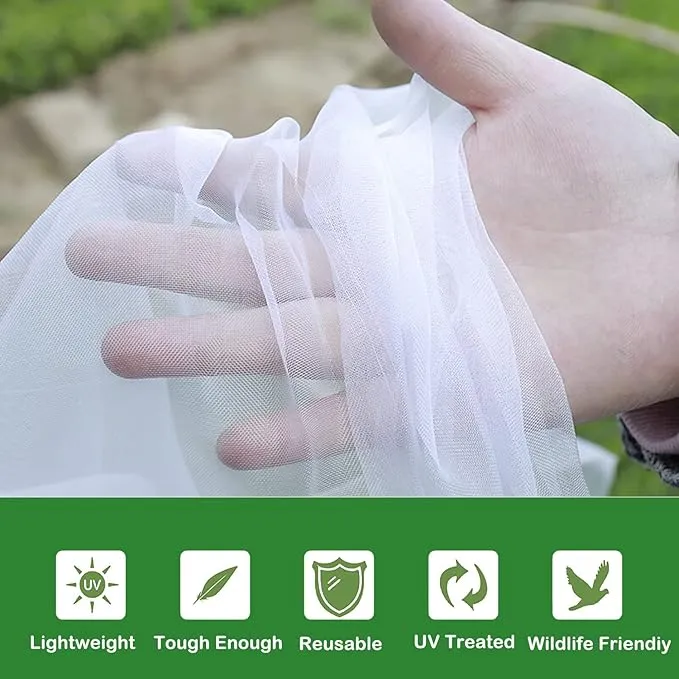
Field tips (learned the hard way)
- Seal the system: netting only works if vents, doors, and ground gaps are tight.
- Don’t skimp on airflow. Choose aperture/weight to match your climate.
- Wash dust off mid-season; light transmission rebounds fast.
- Store dry and shaded off-season to extend life.
Final thought: if you want fewer sprays and steadier quality, Agro Nets like this transparent HDPE build are one of the cleaner levers to pull. Not magic—just good engineering put to work.
Authoritative sources
- University of Florida IFAS: Insect Exclusion and Screening for Horticulture
- ISO 1806: Fishing nets — Determination of mesh breaking force
- ASTM G154: UV Exposure of Nonmetallic Materials
- ISO 13934-1: Tensile properties of fabrics — Strip method
- FAO: Protected cultivation and IPM guidance for greenhouse vegetables
-
Anti Hail Net | UV-Stable, High-Strength Orchard ShieldNewsNov.17,2025
-
Anti Bird Netting – UV-Stable, Durable, Humane ProtectionNewsNov.17,2025
-
Welded Wire - Durable, Rust-Resistant Mesh, Custom SizesNewsNov.17,2025
-
Garden Mesh Sun Shade – UV-Resistant, Durable, Custom SizesNewsNov.17,2025
-
Bird in Net Solution: Humane, UV-Resistant Bird NettingNewsNov.17,2025
-
Stainless Steel Filters: Durable, Washable, High-FlowNewsNov.10,2025





